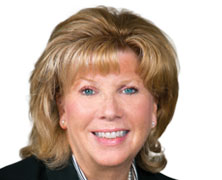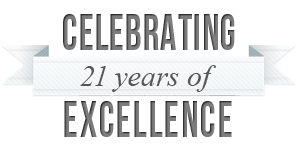Growing up on a dairy farm in upstate New York, my natural choice of study was focused on the agricultural industry. I obtained a degree in agricultural economics at Cornell University and am proof that often young people only pursue careers in areas to which they have been exposed.
I find this to be one of our greatest challenges today for young women in STEM fields, which is why I am passionate about making a difference. Women and young girls continue to be significantly underrepresented in the STEM fields—a trend that starts early and comes at a cost to women’s careers, companies, and the nation.
When I started my research, I quickly learned that women represent close to 50 percent of the workforce, but only 25 percent of the STEM labor pool, which is expected to grow over the next decade. There are numerous studies with multiple theories on why this is happening: wages, family balance, etc.
I always tell my team and my children: fall in love with a problem, not a solution. Well, this is a problem that I have fallen in love with. I hope to play a small part in the solution. The research also helped me to appreciate that the window of opportunity and influence is at the middle-school age. By high school, young women have already determined if they are going to continue in the math and sciences.
It is in seventh and eighth grade that you must engage and excite them about STEM and the possibilities. This is our opportunity to grow the pipeline for the future. Retaining young women’s interests, educating them in a manner that engages them, and providing them with role models are the opportunities for each of us to make a difference.
Our future lies with these young talented minds, my daughter and possibly yours. As a female leader I know I have the opportunity to play a role in shaping the future for these aspiring young women. Just as so many women before us blazed a trail, we must now help pave the road for the future. I am fortunate to play a role in making this happen.







